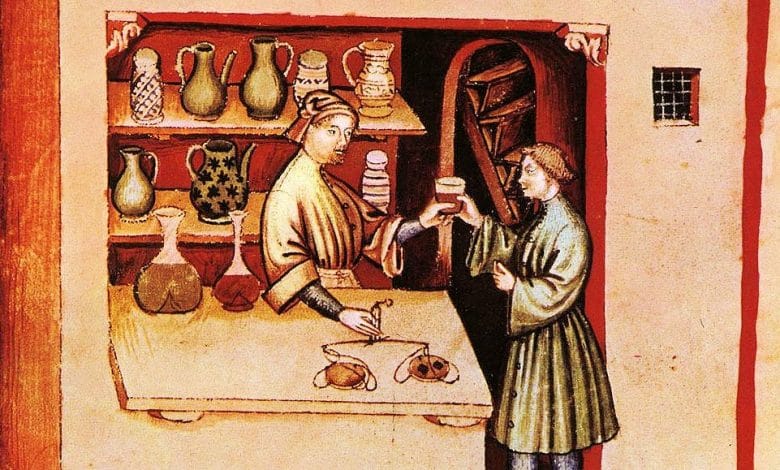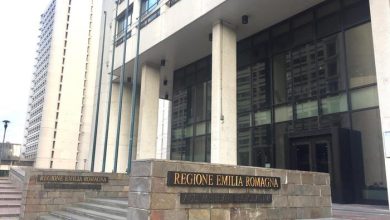
Frezza is not silent on the correlation with plant closures, massive personnel reductions, culture conflicts, employee demotivation, loss of brand equity as well as talent and expertise. Published by AboutBooks, the book “Business, Science and Medicines. The drug industry” by Leonardo Frezza describes in black and white the main events that have impacted the birth and development and the many transitions the pharma world has gone through.
Of Stephen DiMarzio – August 3, 2015 – ABOUTPHARMA
c Once upon a time there were Hoechst, Geigy and Burroughs Wellcome. There were also Lepetit, Italseber and many others, randomly passing through Bioindustria, Piam, Bruschettini and Maggioni. Hundreds of companies, laboratories and stories – first human and then industrial – whose name and perhaps the memory have been lost, passed over the decades through the blender of mergers & acquisitions and a market redesigned by the big players. Whether it speaks of apothecaries and small "apothekes", of the first nineteenth-century stirrings, of today's consolidated global realities or of tomorrow's biotechs, the book "Business, Science and Pharmaceuticals. The drug industry” written by Leonardo Frezza, a long-time management consultant, for the types of AboutBooks (188 pages, 28 euros) always captures the moment of the many transitions gone through by an industry that is now two hundred years old.
Once upon a time there were Hoechst, Geigy and Burroughs Wellcome. There were also Lepetit, Italseber and many others, randomly passing through Bioindustria, Piam, Bruschettini and Maggioni. Hundreds of companies, laboratories and stories – first human and then industrial – whose name and perhaps the memory have been lost, passed over the decades through the blender of mergers & acquisitions and a market redesigned by the big players. Whether it speaks of apothecaries and small "apothekes", of the first nineteenth-century stirrings, of today's consolidated global realities or of tomorrow's biotechs, the book "Business, Science and Pharmaceuticals. The drug industry” written by Leonardo Frezza, a long-time management consultant, for the types of AboutBooks (188 pages, 28 euros) always captures the moment of the many transitions gone through by an industry that is now two hundred years old.
The latest work is not just an agile overview that leads straight from the beginning to new business models. Divided into four parts, one of which is entirely dedicated to Italian industry, the book fixes in black and white the events that have had the greatest impact on the birth and development of the pharma world and on the interrelationships with society and other neighboring industrial sectors. Vaccines, the "random" discovery of antibiotics, the birth of the first Western health systems, the war events that prepare the "Wonder Drug Era", the autarchy imposed by Fascism which in some way will herald certain future "imitative" behaviors of Italian companies. In "Business, Science and Medicines" there is much more, including apparent minor episodes, such as the insights on the antimicrobial power of molds by the Italians, Cantari and Tiberio, well before Fleming, Florey and Chain won us a Nobel, also relying on the robust support of Pfizer, Merck and Squibb.
 There was a long time when the world looked with boundless confidence to the progress of medicinal chemistry. Then in the sixties the Thalidomide disaster changed things and the idyll broke. “The pharmaceutical industry was forced to rethink itself – Frezza explains to AboutPharma online – due to the increased controls and the regulations that imposed the verification of product safety. It was a moment of caesura for the companies immersed in a path that still lasts today” (the power of the FDA was affirmed at the time, although the USA was not touched by the tragedy).
There was a long time when the world looked with boundless confidence to the progress of medicinal chemistry. Then in the sixties the Thalidomide disaster changed things and the idyll broke. “The pharmaceutical industry was forced to rethink itself – Frezza explains to AboutPharma online – due to the increased controls and the regulations that imposed the verification of product safety. It was a moment of caesura for the companies immersed in a path that still lasts today” (the power of the FDA was affirmed at the time, although the USA was not touched by the tragedy).
And what stage is the world pharmaceutical industry in now? “On the one hand, there is the transition induced by biotechnologies and specialty products that lead to personalized medicine. On the other hand, it is conditioned by the financial phenomenon of mergers & acquisitions which leads to the concentration of big players and a change in the business model”. Already the concentrations. Frezza is not silent on the correlation with plant closures, massive personnel reductions, culture conflicts, employee demotivation, loss of brand equity as well as talent and expertise. But he warns: “In the concentrations there is no loss of knowledge, which is preserved and increased. The change in business model has, if anything, led to the emergence of another predominantly outsourced industry. Think of how much work went to the Contract Manufacturing Organizations (CMOs) and how much of the clinical research went to the Cros. The organization of the pharma industry today is very different. Know-how, strategic coordination of R&D, control of technical operations/supply, focus on marketing & sales activities in the various geographies, remain in the corporate organization. While much of the world of research and development, production and services rotates in outsourcing”.
What about finance? It seems to govern M&A and dictate alliances. “This may concern listed companies, which look at the value of the share: even mergers are seen from the point of view of the value generated for investors. In biotech companies, on the other hand, an acquisition is made by looking first at the pipeline, at the value of the product itself”.
The author is particularly active in Executive Search through Frezza & Partners Srl, with a specificity in the Healthcare sector. He comes from associative and corporate experiences (Farmindustria, Recordati, Pfizer) and has already written other books for Il Sole24 Ore: "Farmaci e Imprese" (1994), "Alla ricerca del Farmaco" (1997), "Industria Farmaceutica e Management" ( 2005), "Careers" (2008), "Stories of Biotech" (2011).
The book is for sale at this links and in major online bookstores





